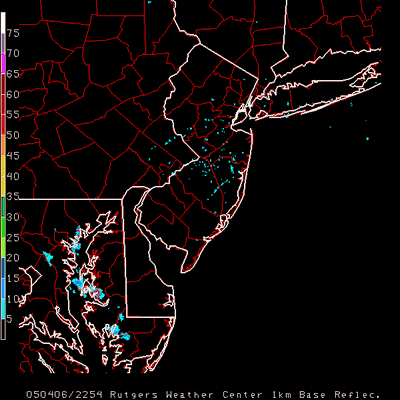
What kills 5% of the bird population (1 billion birds) in North America each year?
Plate glass windows. Birds see trees and sky reflected in them or a possible opening through which to fly, and crash into the glass and die of brain injuries (more
here). It's a very serious problem, and today I had two experiences with the issue at work.
Last week I noticed a dead Mourning Dove on the window sill inside the barn where I park. I thought someone had found it and placed it on the ledge, but today I went and looked and could see the impression of feather dust on the window where the bird crashed into it. Apparently, the bird had been feeding in the open barn and tried to fly out through the bright window, only to crash and die on the spot.
Sometimes birds see their reflections in the window, and when they are feeling territorial, may
attack their reflection. This afternoon a co-worker called me down to watch a Northern Cardinal repeatedly crash into the window of her office. The bird would perch in a bush near the window, look at the window, and fly directly at its reflection, falling to the ledge before hopping back into the bush and starting over again. While I'd heard about this behavior for years, this was the first time I'd actually seen it.
Both these behaviors can be
reduced by cutting down the reflectivity of glass windows. It can easily be done with screening or by placing dots every 2 x 4 inches across the outside of the window (hawk or falcon shapes on the window don't really do it unless covering the window every 2 x 4 inches like the recommended dots). However, as long as people enjoy their clear window views, anything to break up the view is hard to sell. Interestingly, if bird populations were the stock market, how long would we accept 5% declines each year? Indeed, how long can we?







 Not totally satisfied with my looks at Lawrence's Goldfinch earlier in the week, I tried a couple more times to get a better view. On Monday, I didn't have time to drive all the way up Mines Road, but stopped at numerous places along the lower portion of the road. I didn't find any Lawrence's Goldfinch, but lots of Lesser Goldfinch. Also many
Not totally satisfied with my looks at Lawrence's Goldfinch earlier in the week, I tried a couple more times to get a better view. On Monday, I didn't have time to drive all the way up Mines Road, but stopped at numerous places along the lower portion of the road. I didn't find any Lawrence's Goldfinch, but lots of Lesser Goldfinch. Also many  Also near The Junction, at the sage flats near a cattle guard, were at least 4 Sage Sparrows. These are
Also near The Junction, at the sage flats near a cattle guard, were at least 4 Sage Sparrows. These are 

 David La Puma has a great
David La Puma has a great  Sometimes things happen that make you feel like you are actually in tune with the world around you. This morning, as I drove over the bridge that crosses the creek on the border of our office property, I thought I saw a Wood Duck floating in the water. When I got down to the creek with my binoculars, I could see that it was really just a stick. However, just as I got back to the office, I happened to turn around and see a male Wood Duck circle overhead and drop down to the creek. No way to explain how that happened, but somehow, something amazing allowed me to connect with this stunning bird.
Sometimes things happen that make you feel like you are actually in tune with the world around you. This morning, as I drove over the bridge that crosses the creek on the border of our office property, I thought I saw a Wood Duck floating in the water. When I got down to the creek with my binoculars, I could see that it was really just a stick. However, just as I got back to the office, I happened to turn around and see a male Wood Duck circle overhead and drop down to the creek. No way to explain how that happened, but somehow, something amazing allowed me to connect with this stunning bird. Last Thursday I had to go to DC for some meetings and afterwards we went out to several spots along the Potomac River, where
Last Thursday I had to go to DC for some meetings and afterwards we went out to several spots along the Potomac River, where 
